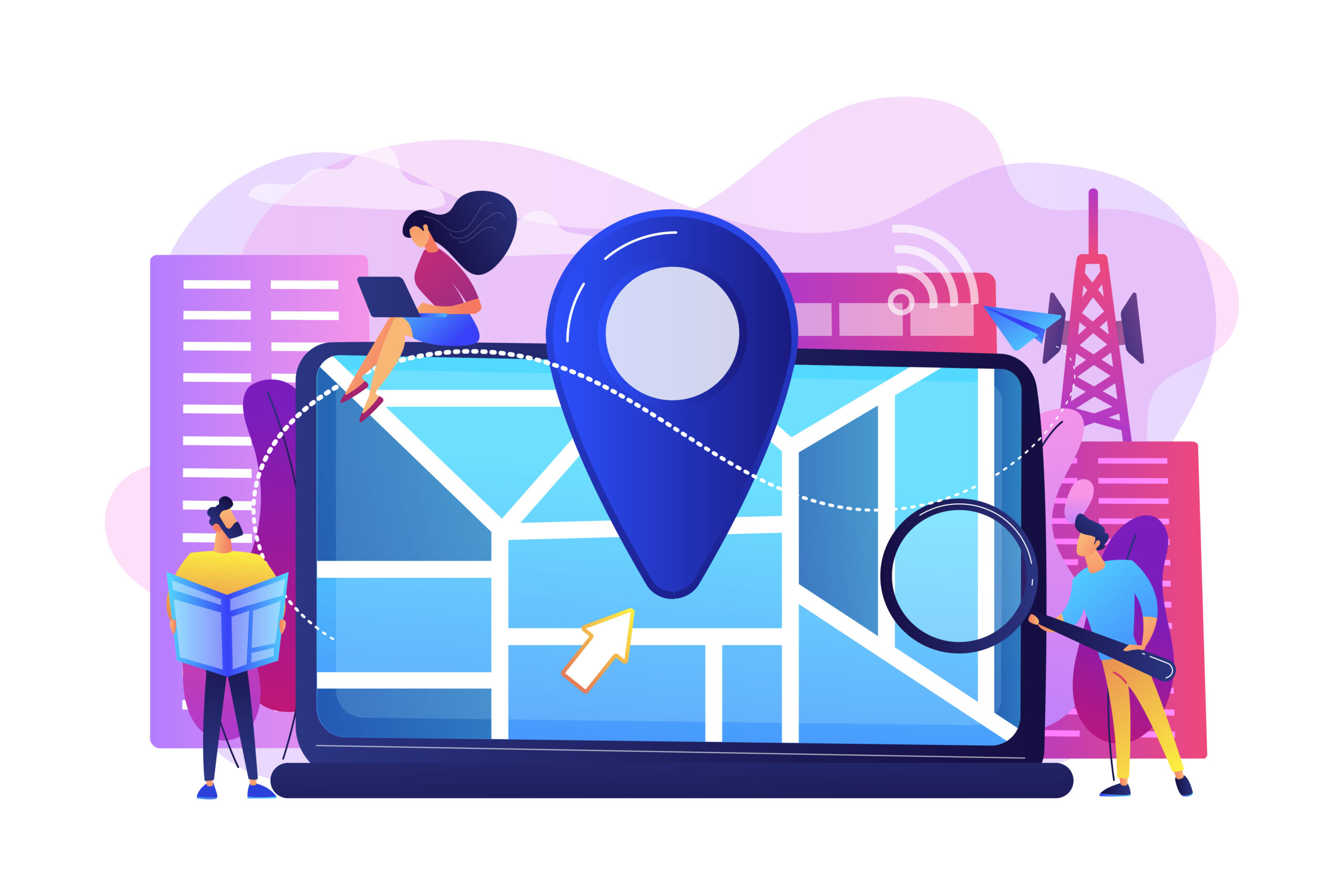It is almost every day that you find a new restaurant reel in your daily social media scrolling spree. When planning a dinner date, you search online to spot the best one around. What does that indicate? In today’s digital-first world, diners are no longer just wandering down the street looking for a good place to eat—they’re searching online. For restaurants, this means one thing: it is not optional, but essential to master their local SEO.
A restaurant’s ability to implement effective and smart local SEO strategies is directly proportional to the number of customers it will yield. Well, it does sound quite simple but a lot goes behind it. So, let’s dive in? In this blog, we outline actionable local SEO tips to help restaurants boost visibility, attract more diners, and increase foot traffic. Read on!
Why Local SEO Matters for Restaurants
Local SEO is all about helping a business optimize its online presence to attract more customers from relevant local searches. Latest survey shows that 46% of all searches have local intent, and “near me” searches have increased more than 500% in recent years.
Apart from other things, this is a goldmine opportunity for restaurants and businesses in F&B. Appearing in Google’s the top three local listings significantly increases the chances of clicks, calls, and visits. However, showing up there—and staying there—requires strategic action.
1. Optimize Your Google Business Profile (GBP)
This is one of the most significant and impactful aspects of winning the local SEO game. Optimizing your Google Business Profile is critical to effectively improve your visibility in local search results.
Tips to optimize your GBP:
- Ensure NAP consistency (Name, Address, Phone number) matches your website and other listings.
- Choose the correct categories (e.g., “Italian restaurant,” “Vegan restaurant”).
- Write a compelling, keyword-rich business description.
- Upload high-quality, professional photos of food, drinks, restaurant interiors, and staff.
- Use all features: Add menus, business hours, USPs (e.g., “Outdoor seating” or “Wi-Fi”), and links to reservations.
- Enable messaging and monitor responses.
- Encourage happy customers to leave reviews—and respond to all of them promptly.
Pro Tip: Keep updating your photos, menus, and posts regularly to signal activity to Google.
2. Focus on Localized Keyword Research
It is essential for restaurants to target location-specific keywords. Avoid using generic terms like “best sushi”, as they are too competitive and vague. Instead, focus on terms like:
- “Best sushi restaurant in [City]”
- “Outdoor dining near [Neighbourhood]”
- “Vegan lunch spot [Zip Code]”
Additionally, use keyword search tools like SEMrush and Google Keyword Planner. These will help you find hyperlocal keyword opportunities and incorporate them into your website content, meta descriptions, headers, and blog posts.
3. Create Localized Landing Pages
If your restaurant has multiple locations, it is highly crucial to create a separate landing page for each one. Optimize each page with:
- Location-specific keywords
- Address and phone number
- Embedded Google Map
- Location-specific testimonials or reviews
- Unique descriptions for each branch (not just copied and pasted content)
These localized pages increase your chances of ranking for searches specific to each area.
4. Use Structured Data Markup (Schema)
Schema markup (also called structured data) enables search engines to understand your content better. For a restaurant-specific business, it includes the following:
- Menu items
- Hours of operation
- Reviews and ratings
- Location
- Price range
Use Google’s Structured Data Markup Helper or plug-ins like Yoast SEO or Rank Math to implement schema easily.
5. Encourage and Manage Online Reviews
Reviews are one of the most powerful local SEO signals. Google can determine the relevance and authority of your business using these reviews. And more importantly, reviews are a huge influence on potential diners’ decisions.
Tips to manage reviews:
- Ask for reviews politely after a good dining experience (in person, via email, or on receipts).
- Make it easy by providing links directly to your GBP or Yelp page.
- Always respond—thank customers for positive reviews and address negative ones with professionalism.
6. Create Locally-Relevant Content
Time to tap into your inner blogger! Yes, you heard it right. While blogging might seem to be for tech-related businesses, it can work wonders for restaurants too. Write blog posts around local topics and events. Some examples include:
- “Top 5 Summer Cocktails in [City]”
- “Behind the Scenes: How We Make Our Signature Pasta”
- “What to Eat After a Day at [Local Attraction]”
You can also feature collaborations with local farms, suppliers, or other businesses. These blogs can attract backlinks and show Google you’re active and relevant in the community.
7. Optimize for Mobile and Voice Search
Did you know, over 60% of restaurant searches are done on mobile devices? To be able to make the most of this rising trend, your website should be the following:
- Mobile-responsive
- Fast-loading (under 3 seconds)
- Easy to navigate, with click-to-call and click-to-map features
Additionally, the use of voice search is extensively growing. Optimizing your content for conversational keywords and FAQs will help capture these queries effectively.
8. Leverage Local Listings and Citations
Apart from Google, you must leverage the benefits of local listings and citations. Y our restaurant should be listed on the following:
- Yelp
- TripAdvisor
- Apple Maps
- Bing Places
- OpenTable
- Zomato
- Foursquare
Ensure NAP (Name, Address, Phone Number) consistency across all platforms. Use efficient tools like Moz Local, BrightLocal, or Yext to find and fix citation issues.
9. Engage Locally on Social Media
Social media won’t directly impact your local SEO, but it boosts visibility and local engagement. Use geo-tags, hashtags, and location-based promotions to reach more people.
- Run Instagram ads targeting local foodies
- Collaborate with local influencers or food bloggers
- Highlight UGC (user-generated content) from happy customers
- Host local giveaways
Local SEO helps you achieve the goal of building a community presence that reinforces your local authority.
10. Monitor Performance and Adjust
After all of it is done, measuring what’s working and what’s not is super necessary. Monitor and track the metrics to stay up-to-date with your business’ performance.
Key metrics to track:
- GBP insights (views, actions, direction requests)
- Website traffic (organic and local via Google Analytics)
- Keyword rankings (local pack and organic)
- Review volume and sentiment
- Conversion rates (calls, reservations, clicks)
You can further use this data to refine content, keyword strategy, and local outreach efforts.
Final Thoughts
Running a restaurant successfully isn’t as easy as it looks. This seeming cakewalk of a business requires various factors to be considered—one of them being local SEO. Local SEO for restaurants isn’t about tricks—it’s about strategy, consistency, and community connection. By optimizing your digital footprint, engaging with local customers, and staying active online, you’re not just attracting more traffic—you’re bringing in real diners who are ready to eat.
This is where Gyaata steps in! As a digital marketing agency, we turn strategies into real-world results. With the right local SEO tactics, your restaurant clients won’t just show up on Google—they’ll stand out.












